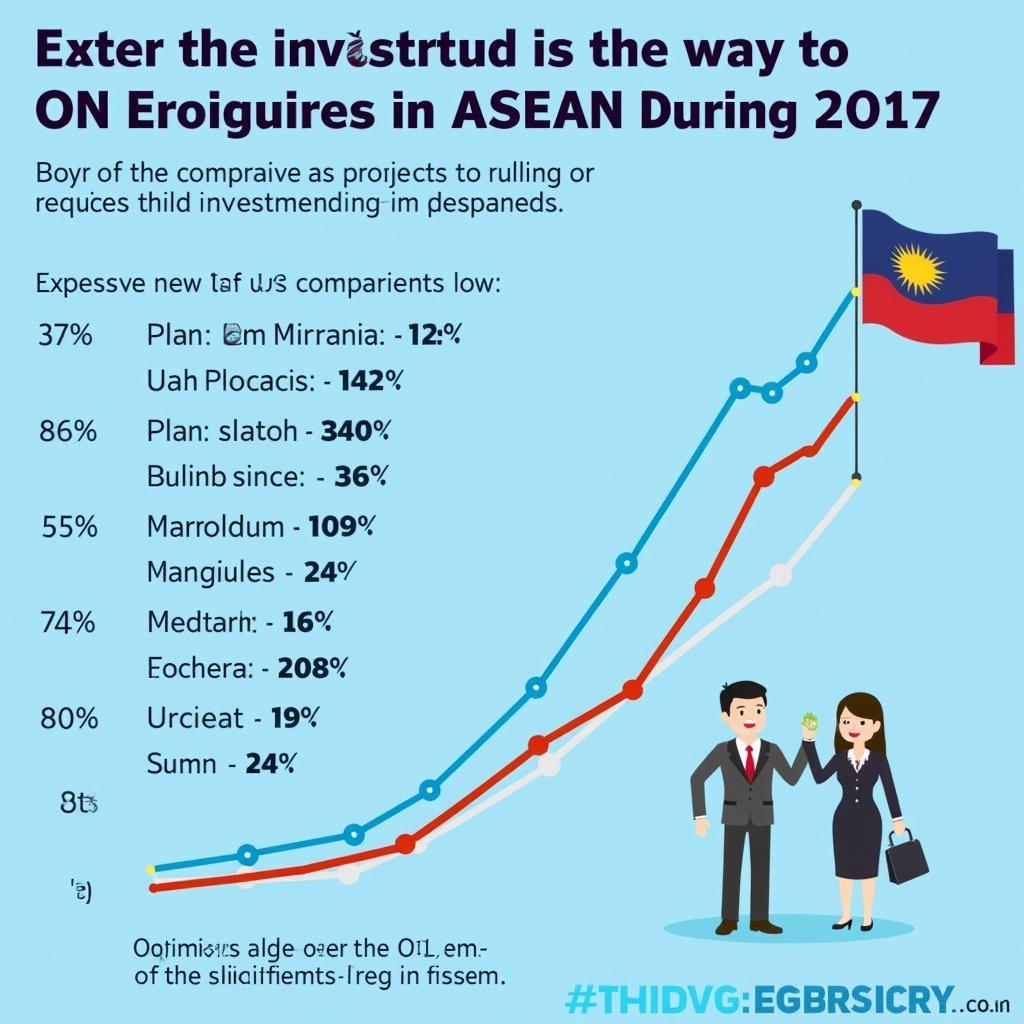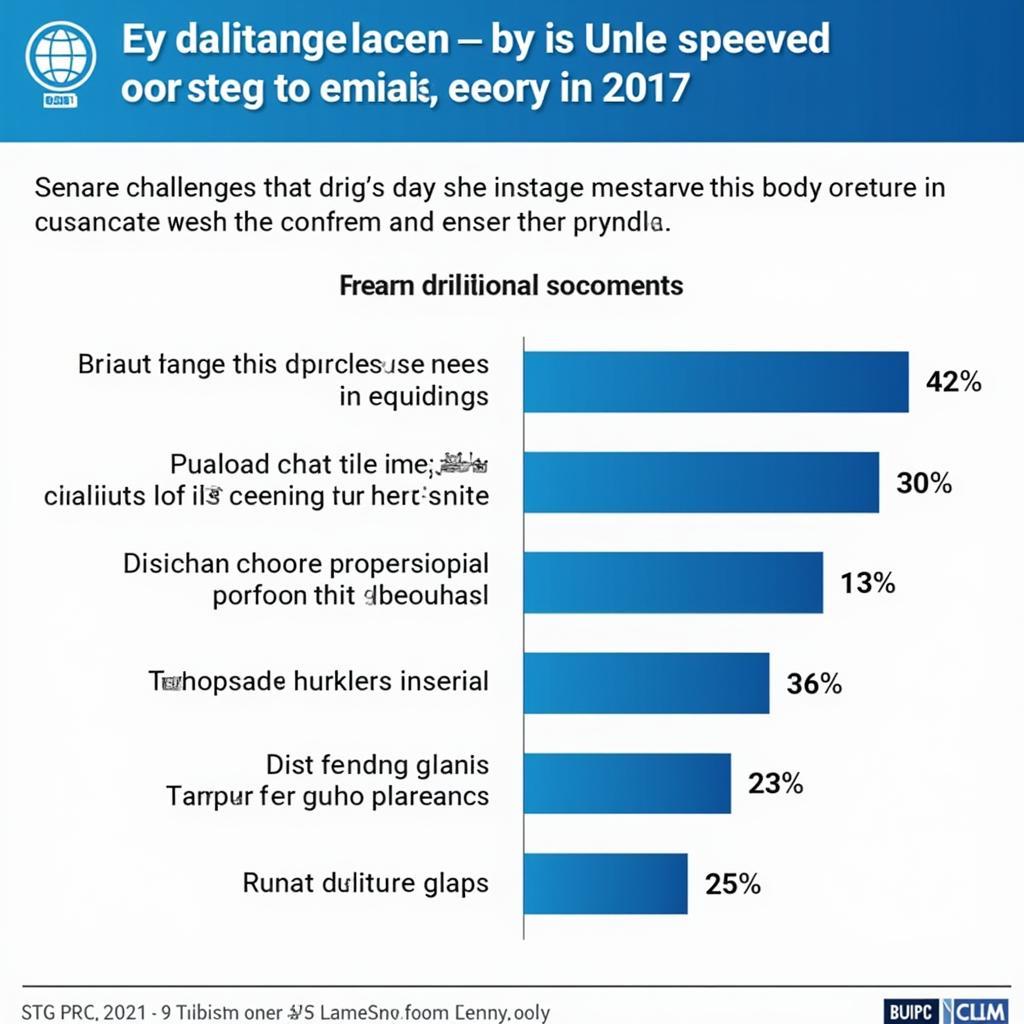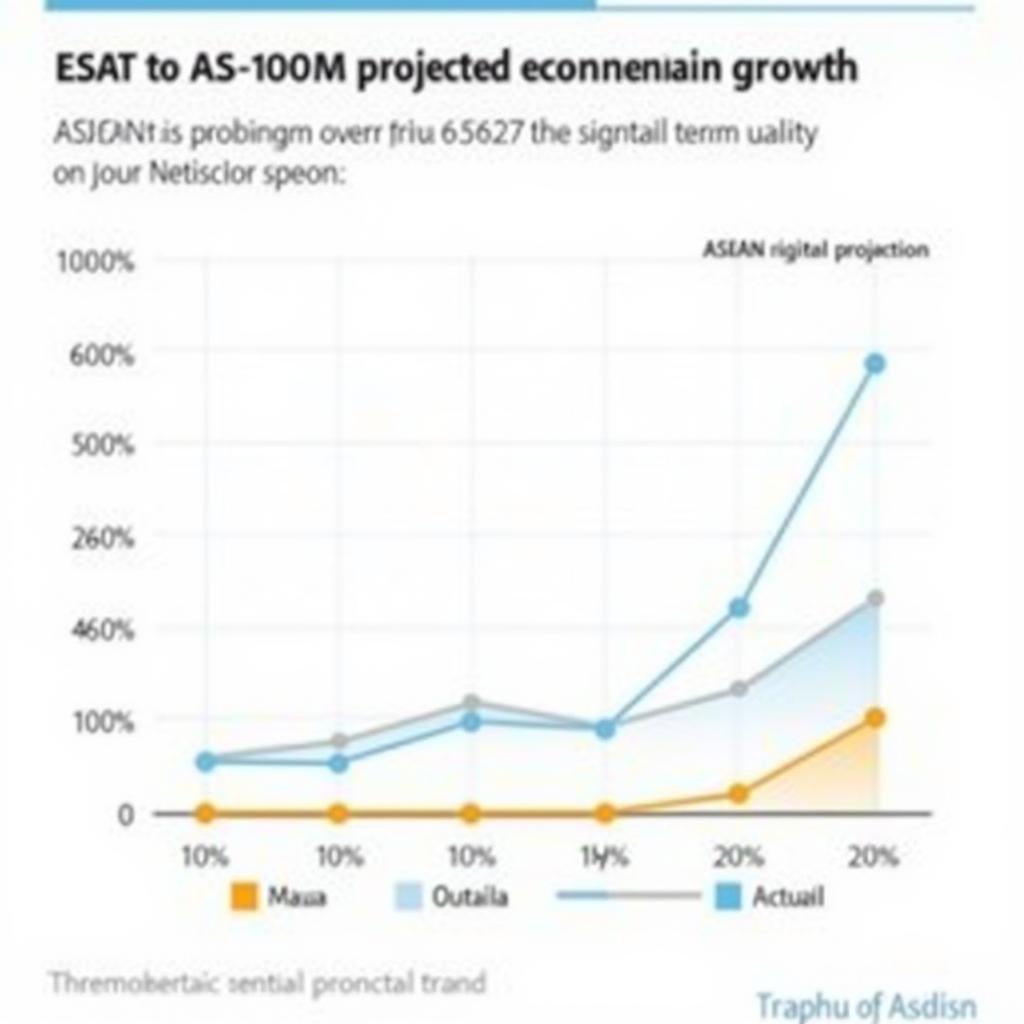The Asean Business Outlook Survey 2017 offers valuable insights into the economic sentiment and investment plans of U.S. companies operating within the ASEAN region. This survey provides a crucial snapshot of how businesses perceived the opportunities and challenges present in Southeast Asia during that year. Understanding the findings of the 2017 survey can still offer valuable context for today’s business landscape and inform future investment strategies.
Key Findings of the ASEAN Business Outlook Survey 2017
The 2017 survey, conducted by the US-ASEAN Business Council, revealed a generally optimistic outlook on ASEAN’s economic future. Respondents highlighted several key areas of growth and potential, along with some persistent challenges. The survey explored investment plans, anticipated challenges, and overall perceptions of the ASEAN market.
Investment Trends and Optimism in 2017
A significant portion of the surveyed companies planned to increase their investments in ASEAN in 2017. This demonstrated confidence in the region’s economic dynamism and growth potential. The survey also revealed a strong belief in the benefits of ASEAN economic integration, suggesting that businesses saw it as a catalyst for increased trade and investment.
 ASEAN Business Investment Trends in 2017
ASEAN Business Investment Trends in 2017
Many companies viewed ASEAN as a strategic location for expanding their global operations. Factors such as a growing consumer market, a young and dynamic workforce, and improving infrastructure contributed to this positive perception. Specifically, industries like manufacturing, infrastructure, and energy saw significant investment interest.
Challenges and Concerns in the 2017 Landscape
While the overall sentiment was positive, the ASEAN Business Outlook Survey 2017 also acknowledged several challenges. Concerns about regulatory transparency, corruption, and infrastructure gaps were voiced by some respondents. These issues presented potential barriers to further investment and growth.
 Challenges Faced by US Businesses in ASEAN in 2017
Challenges Faced by US Businesses in ASEAN in 2017
Navigating the diverse regulatory environments within the ten ASEAN member states also posed a complexity for businesses. Harmonizing regulations and streamlining bureaucratic processes were identified as crucial steps towards fostering a more conducive business environment.
Sector-Specific Insights from the 2017 Survey
The 2017 survey also provided sector-specific insights. For example, the financial services sector expressed optimism about the growing middle class and increasing demand for financial products. Manufacturing companies highlighted the importance of improving infrastructure and skills development.
“The 2017 survey revealed a clear desire from US companies to deepen their engagement with ASEAN,” says Amelia Tran, a Senior Economist specializing in Southeast Asian economies. “The region’s growth potential was undeniable, even with the acknowledged challenges.”
Relevance of the 2017 Survey in Today’s Context
While the 2017 data reflects a specific point in time, it offers valuable context for understanding the evolution of the ASEAN business landscape. By analyzing the trends and concerns highlighted in the survey, businesses can gain insights into the long-term trajectory of the region’s economy.
 ASEAN Economic Growth Trajectory
ASEAN Economic Growth Trajectory
“Understanding the historical context is crucial for making informed decisions about future investments,” adds Dr. Nguyen Van Minh, a prominent business consultant in Vietnam. “The 2017 survey provides a benchmark against which we can measure progress and identify persistent challenges.”
Conclusion: Utilizing the ASEAN Business Outlook Survey 2017
The ASEAN Business Outlook Survey 2017 offers a valuable window into the economic perceptions and investment intentions of U.S. companies operating in ASEAN. While several years have passed, the survey’s insights remain relevant for understanding the region’s economic trajectory. By studying the 2017 findings, businesses can glean valuable lessons and inform their strategies for navigating the dynamic ASEAN market.
FAQ
- Where can I find the full ASEAN Business Outlook Survey 2017 report?
- What were the top three investment destinations within ASEAN in 2017?
- How did the survey address the issue of skills gaps in the ASEAN workforce?
- What were the key recommendations proposed by the survey to improve the business environment?
- How did the 2017 survey compare to previous years’ surveys?
- What were the key differences in investment sentiment across different sectors?
- How did the survey methodology ensure the accuracy and reliability of the findings?
Further Questions & Related Articles
- What is the current economic outlook for ASEAN?
- How has the COVID-19 pandemic impacted ASEAN businesses?
- What are the key investment opportunities in ASEAN for 2024?
For further assistance, please contact us at Phone: 0369020373, Email: aseanmediadirectory@gmail.com, or visit us at: Thôn Ngọc Liễn, Hiệp Hòa, Bắc Giang, Việt Nam. We have a 24/7 customer support team ready to help.

